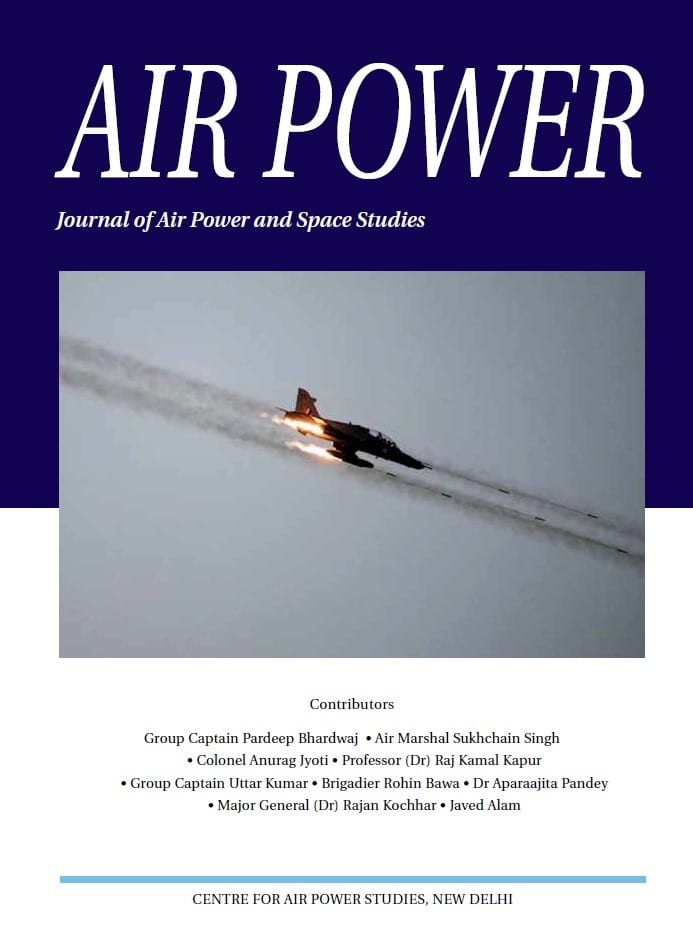Use of Artificial Intelligence for Improving Operational Efficiency in the Armed Forces
Keywords:
Operation Management, Artificial Intelligence, Defence ManagementAbstract
Many countries have declared their national Artificial Intelligence (AI) strategies after they recognised its potentials. Most advanced countries are investing in AI research and Development (R&D). The United States (US) and China stand out as the front-runners in this technological race, each with distinct strategic objectives. The US aims to retain its dominant position in AI, emphasising its leadership in innovation and military applications. China, on the other hand, has articulated an ambitious goal to surpass the US and become the global leader in AI by 2030.
AI’s amalgamation into drone operations and its role in supporting human decision-making in conflicts are indeed changing the dynamics and ethics of warfare. In the context of the ongoing conflict between Russia and Ukraine, AI is being utilised by both sides, with Ukraine particularly leveraging AI to gain an asymmetric advantage.
The Indian government started its ambitious defence task for the incorporation of AI to improve the operational ability of the Indian armed forces to prepare the defence and security forces for next-generation warfare. The task force was set up by the Department of Defence Production (DDP), which was led by the chairman of Tata Sons. The task force also included senior officers from the Indian armed forces, the national cyber security coordinator, Indian Institute of Technology (IIT) and Indian Institute of Science (IISc) professors, and representatives from the Indian Space research Organisation (ISRO). As per the recommendation of the task force, the Defence Artificial Intelligence Council (DAIC) is to guide and provide structural support. Additionally, the Defence AI Project Agency (DAIPA) has been formed to enable AI-based processes in defence organisation.
Downloads
Published
Issue
Section
License
Copyright (c) 2024 Air Power Journal

This work is licensed under a Creative Commons Attribution-NonCommercial-NoDerivatives 4.0 International License.






